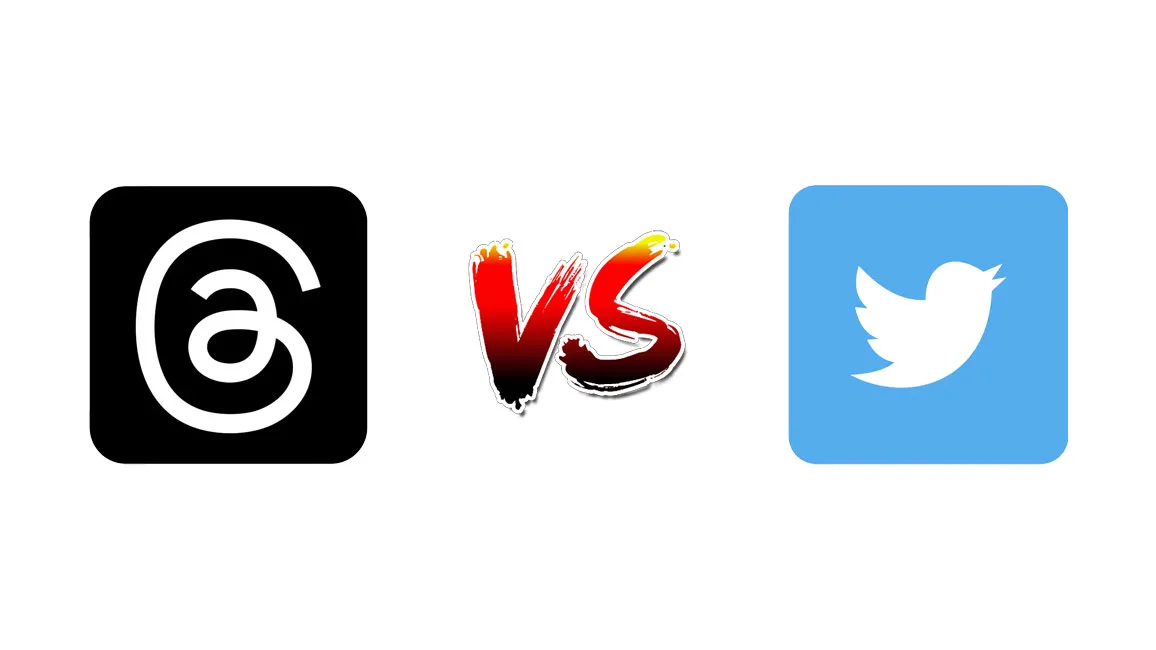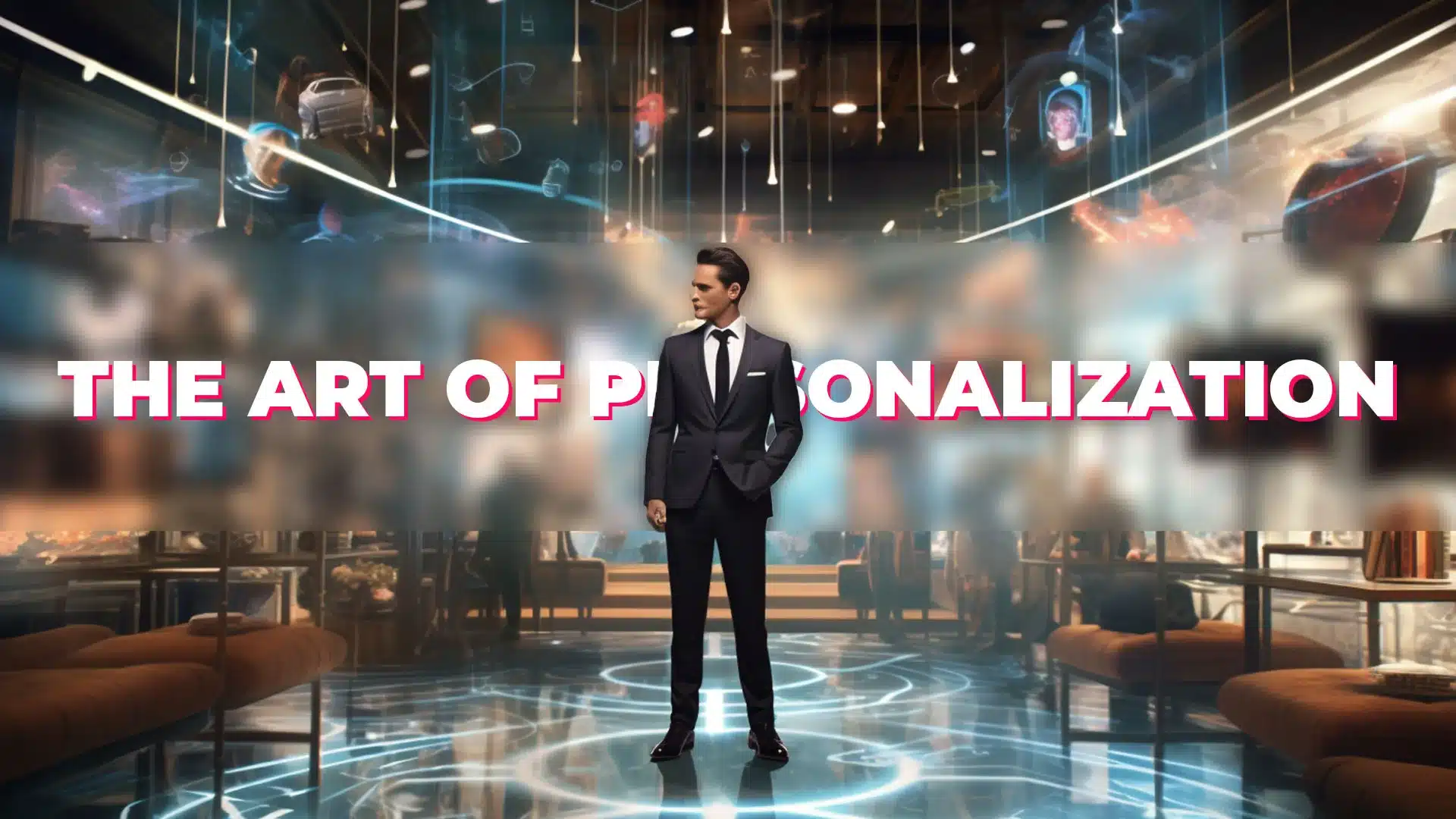1. Virtual is Going Mainstream
In April 2020, a survey conducted by the Center for Exhibition Industry Research revealed that only 18% of B2B exhibitors planned to move their face-to-face event entirely to a virtual platform and about 50% said parts of their content will be moved to a digital format. The same survey was repeated in June, and the results showed a shift in mentality in trade show industry:
- 63% of exhibitors who have postponed events are adding hybrid or virtual components to their events
- 44% of exhibitors have a virtual back-up option in case an event gets canceled
- 81% of organizers who have had to cancel events have shifted to digital
Between April and July 2020, the shift to virtual trade shows has gone from 15% to 41%.
Whether they’re taking part in virtual trade shows, or incorporating virtual showrooms into their marketing strategies, businesses are more open towards change, especially since the results are promising:
- 84% of businesses said that they spent less on virtual events than in-person ones
- 70% of businesses had more attendees at virtual events than in-person ones
2. Digital Skills Are Now Critical For Events Professionals
The COVID-19 Recovery Dashboard, a survey conducted by the Professional Convention Management Association (PCMA), showed that the pandemic, and the transition to digital events, has created new requirements for events professionals. Since online events will become a major part of the exhibition industry for the foreseeable future, 84% of event planners said that they planned on learning more about digital events. Some participants even expressed their concern that their staff didn’t have the right skills to coordinate digital events, but the good news is that they don’t have to start from a blank slate. Although they don’t take place in person, virtual events work by the same rules as traditional events; the same standards of quality apply and the goals are the same, so the skills earned during traditional events are a priceless foundation.
3. Showcase Webinars
Before the pandemic, trade shows were a great opportunity for exhibitors to interact with customers, sharing insights and answering their questions. We don’t know when these face-to-face interactions will resume but, until then, webinars remain a fantastic alternative. Showcase webinars and presentations allow brands to invite customers, industry insiders, and journalists to join the discussions and market their products in a more discrete way. Plus, included in virtual showrooms, webinars also boost engagement rates and help you create a more personal connection with your audience.
4. More Events All Year Round
Trade shows are massive events that attract thousands of people from all over the world and all events professionals know that the experience can be truly magnetizing. However, trade shows are also expensive affairs. From booth rent costs and hiring brand ambassadors to paying for travel and accommodation, getting ready for a trade show can put a strain on your budget. The results are worth it, of course, but it’s a financial effort nonetheless.
In comparison, taking part in a virtual event or hosting a virtual showroom is much more affordable, which means it can be done more often and you can enjoy the benefits all year round. Why limit yourself to one major event to promote your services, when you can do it constantly, at much lower costs?
We’ve already seen examples of big brands doing it. Apple usually held only one major autumn event, in September. This year, they switched to virtual format and instead of announcing all the updates at once, they held three events in September, October, and November. They didn’t necessarily do that only for marketing reasons, but they did get more sustained media coverage. It’s a great case study for businesses that are considering taking part in more events or combining traditional trade shows with virtual events in the future.
5. A Growing Need for Personalized, Interactive Experiences
Grabbing and maintaining the audience’s attention is hard enough during in-personal trade shows. Online, things can be even tougher because virtual guests can leave the event at any time, without warning. To prevent that, and make sure they have a pleasant experience, you have to make up for the lack of personal contact by using hyper-personalized, interactive experiences. Fortunately, online events and virtual showrooms are very flexible. You can include immersive 3D tours, explanatory videos, live webinars, games, virtual lounges, and much more. Plus, you can organize event follow-ups and polls, and then send virtual guests personalized content based on their feedback.










